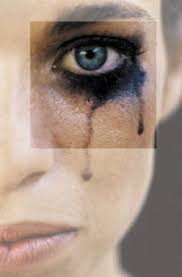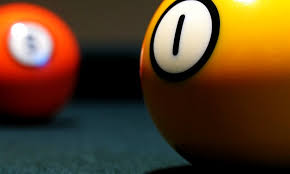In groups of @ 3, you must shoot 9 photographs using some of the techniques we have been experimenting this week. You should try and use a DSLR.
For example:
- an extreme close up of a tear stained eyes could underline a character’s sadness and vulnerability.
- an extreme long shot of a man standing alone on a deserted beach might portray his isolation and solitude.
- a two shot of a two people, with one in the foreground looking away from the camera and the other slightly out of focus in the background could add an enigmatic, mysterious feel to the scene as well.
Remember to consider:
- Angle – high, low, canted x 3
- Distance – ECU, MS, LS, ELS x 3
- Composition – rule of thirds, lead space and Depth of Field x 3
Each photo should then be uploaded to goboard.com with the technical details of the photograph annotated (T), a description of the scene (E), some connectives for represent and what meaning is communicated (A) using appropriate adjectives. TAKE A NOTE OF THE URL FOR YOUR OWN MOODBOARD ON GOBOARD.COM SO THAT YOU CAN EDIT IT LATER.
Remember to bring in facial expression, body language, proxemics and gesture to add weight to the narrative story your picture is trying to tell. What about MES to add even more weight to the meaning? Try and get some special FX in too i.e. motion speed blur? gomoodboard.com is also good (this is the one that I have used) but you have to upload and comment and complete all at one go as it doesn’t seem you can return to it.
Use locations around the school (but be respectful and safe) i.e. from a high angle at the top of the stairs looking down at your subjects or a low angle looking up at your subject/frames/point of views, lead space looking whistfully out of a window at the sky?
DISTANCE

The close up of the tear stained eyes conveys a sense of sadness and vulnerability of the model.
ANGLE

The high angle shot of the small children helps represent their weakness by reinforcing their small stature. The composition using the rule of 3rds also draws attention to their isolation as they sit firmly in the middle of the shot surrounded by foliage and no other humans.
COMPOSITION

The yellow snooker ball is clearly the important object in this frame. Using depth of field, the other snooker ball is out of focus, present and yet not as important as the yellow one that signifying that the important focus of the photograph is the yellow number 1 ball.
Please click on the moodboard below to go a moodboard site to see how the comments on the meaning and composition of the shots have been compiled. Good luck. HAVE FUN!


